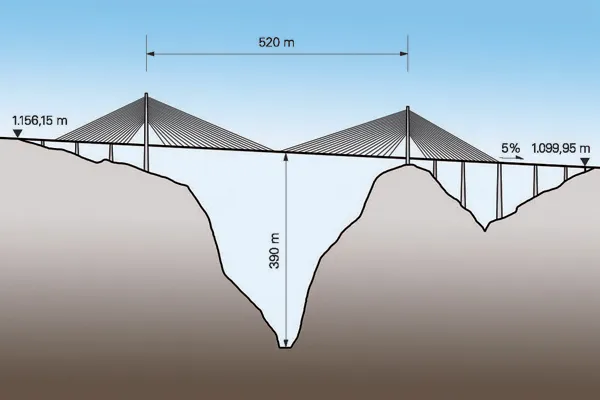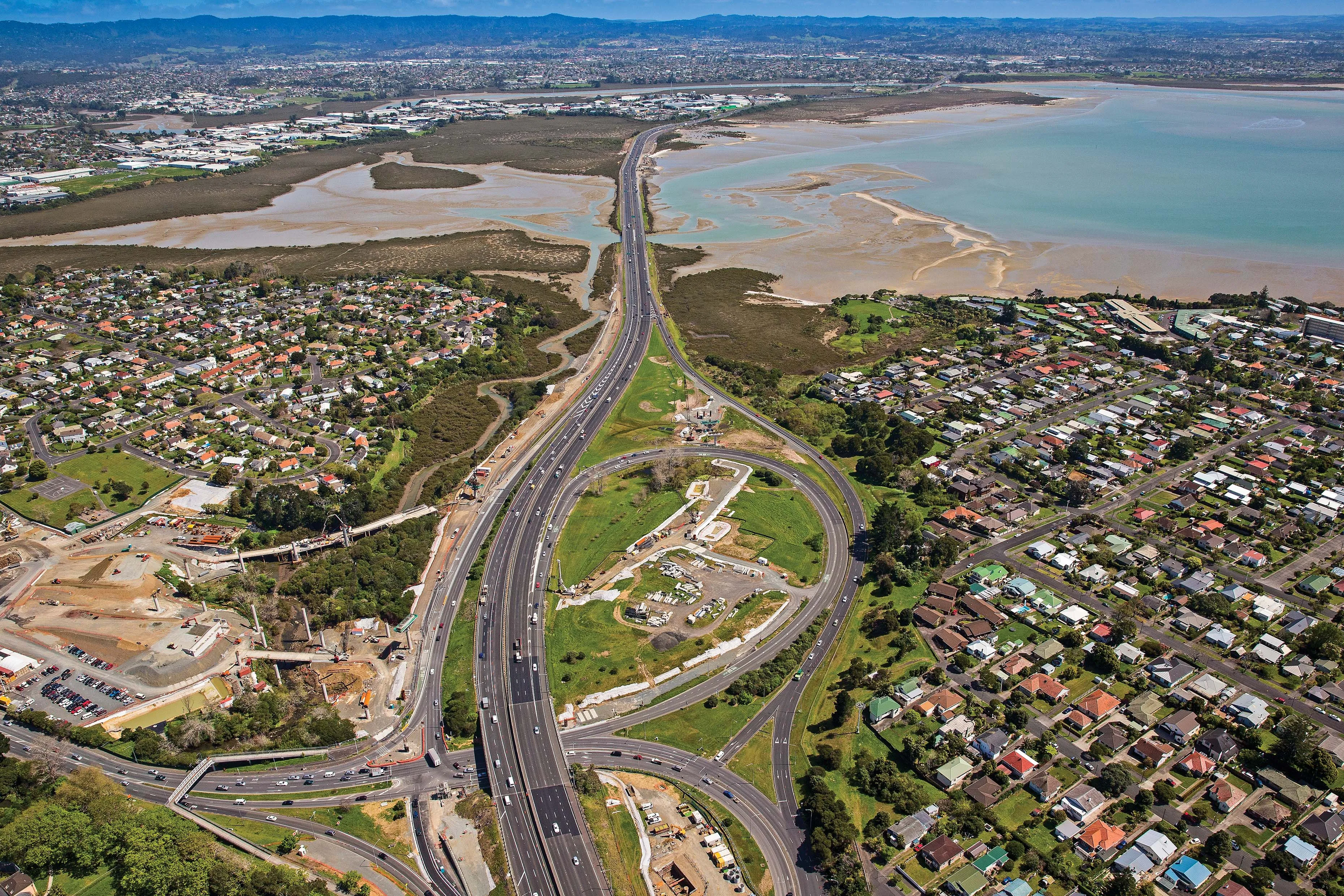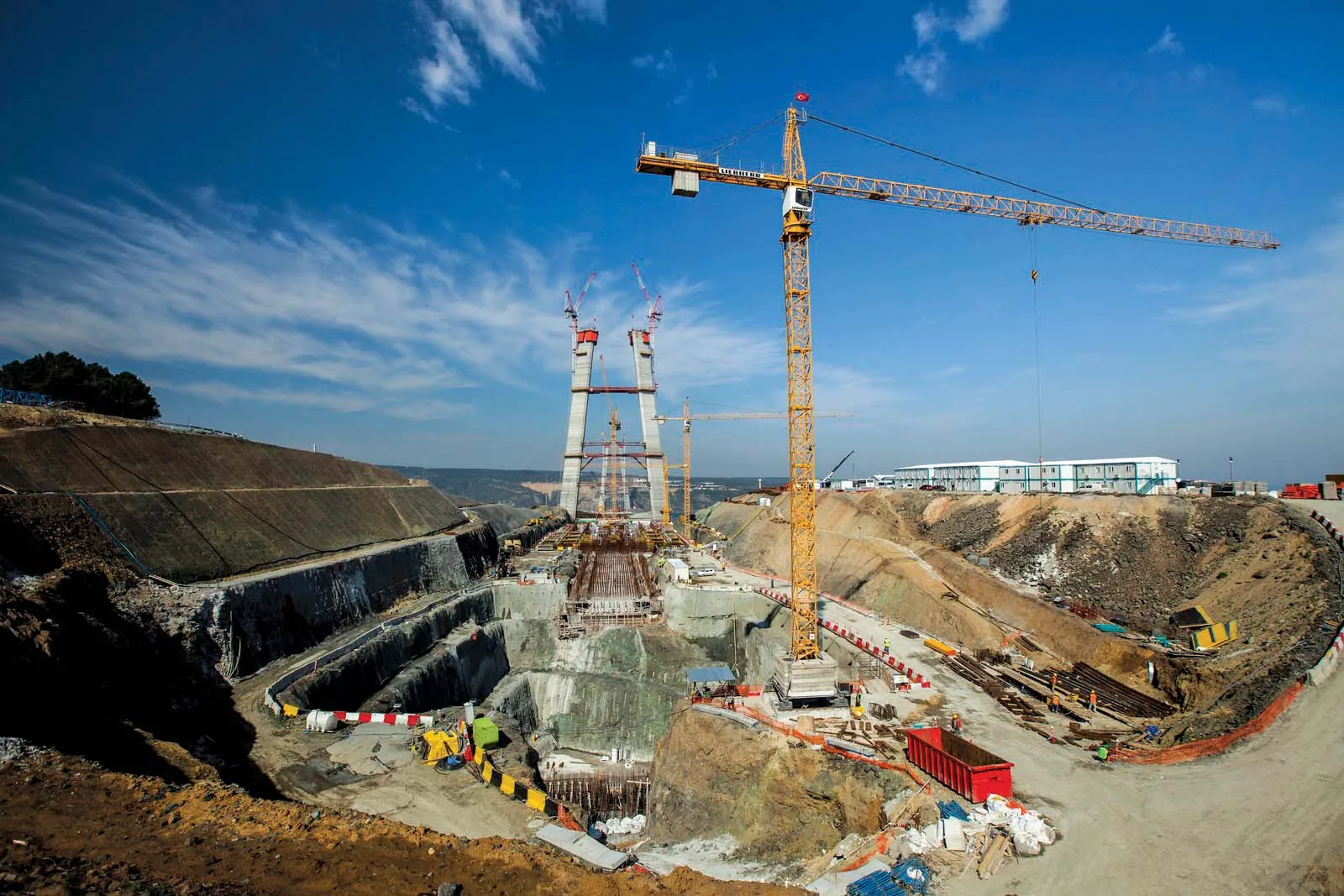The number of Heavy Goods Vehicles travelling through Carlisle’s city centre is estimated to have been reduced by more than a third since the new multi-million euro Carlisle Northern Development Route opened in February 2012. Information from a network of 20 permanent and temporary traffic counters around the city showing ‘before and after’ CNDR road usage is said to be starting to build a more meaningful picture of the impact the new road has had on Carlisle. It shows a marked reduction in both cars and HG
December 11, 2012
Read time: 2 mins
The number of Heavy Goods Vehicles travelling through Carlisle’s city centre is estimated to have been reduced by more than a third since the new multi-million euro Carlisle Northern Development Route opened in February 2012.
Information from a network of 20 permanent and temporary traffic counters around the city showing ‘before and after’ CNDR road usage is said to be starting to build a more meaningful picture of the impact the new road has had on Carlisle.
It shows a marked reduction in both cars and HGVs along the main north to south arterial route through the city – the A7 and A595 – as an average of more than 10,000 vehicles/day use the new 8.25km road. Carlisle’s busiest stretch of road, the A595 at Castle Way, has shown a 16% reduction in all vehicles from 38,083/day before the opening of CNDR to 32,050 afterwards (with a 41% reduction in HGVs from 6,860 to 4,060). Other city centre hotspots have shown similar reductions, with the A7 at Stanwix Bank showing a 16% reduction in all vehicles and a 32% reduction in HGVs.
CNDR is said by CCC to have quickly become a key route to travel between the south west of the city and the industrial areas to the north - a big factor for employers looking to develop good communications channels in areas ripe for commercial development.
Information from a network of 20 permanent and temporary traffic counters around the city showing ‘before and after’ CNDR road usage is said to be starting to build a more meaningful picture of the impact the new road has had on Carlisle.
It shows a marked reduction in both cars and HGVs along the main north to south arterial route through the city – the A7 and A595 – as an average of more than 10,000 vehicles/day use the new 8.25km road. Carlisle’s busiest stretch of road, the A595 at Castle Way, has shown a 16% reduction in all vehicles from 38,083/day before the opening of CNDR to 32,050 afterwards (with a 41% reduction in HGVs from 6,860 to 4,060). Other city centre hotspots have shown similar reductions, with the A7 at Stanwix Bank showing a 16% reduction in all vehicles and a 32% reduction in HGVs.
CNDR is said by CCC to have quickly become a key route to travel between the south west of the city and the industrial areas to the north - a big factor for employers looking to develop good communications channels in areas ripe for commercial development.








